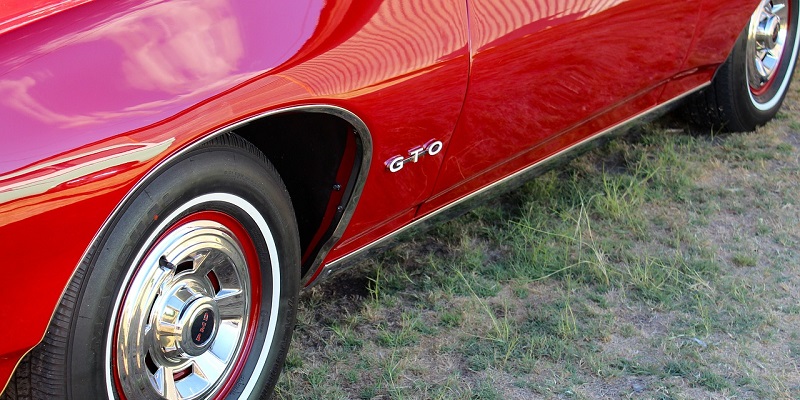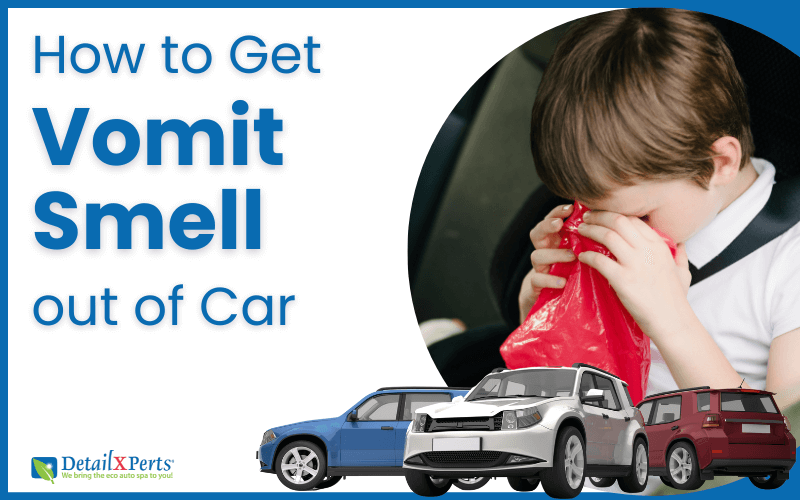 When it comes to tire problems, the first thing that generally comes to mind is a flat tire. However, tire problems extend much further than just the surface. Taking care of your tires, along with car washing, car waxing, steam cleaning, and other basic car care, is what keeps you moving and on the go. Without proper care, your vehicle is less likely to ensure your safety and could lead to serious consequences. Use preventative methods, and check out our tips below.
When it comes to tire problems, the first thing that generally comes to mind is a flat tire. However, tire problems extend much further than just the surface. Taking care of your tires, along with car washing, car waxing, steam cleaning, and other basic car care, is what keeps you moving and on the go. Without proper care, your vehicle is less likely to ensure your safety and could lead to serious consequences. Use preventative methods, and check out our tips below.
Most Common Tire Problems
Balding Tires
According to Consumer Reports, tires are considered bald when “one or more of their grooves reach 2/32 of an inch deep, compared with about 10/32 of an inch for new tires (tread wear is usually measured in 1/32-inch increments).” It goes on to explain that even though manufacturers have made balding tires easier to spot, 2/32 of an inch might be too dangerous to drive on – especially if you live in a place where it rains and snows. Consider changing your tires closer to the 4/32 marker.
Brake Dust on Tires
Using a wheel protectant on your tires enhances their appearance. Additionally, it also prevents the rubber from hardening, cracking, and fading from exposure to brake dust. Be sure to use a water-based dressing instead of a solvent-based silicone dressing to avoid premature drying of the surface.
Low Tire Pressure
Checking your tire pressure is a crucial part of your vehicle safety. Tire-related issues constitute 5% of the total car accidents in the US alone. Some drivers decrease their tire pressure because they believe it gives the car a smoother ride. However, it is imperative that you maintain the appropriate pressure for your vehicle’s longevity.
Tire Over-Inflation
On the flip side, many clients believe that over-inflating their tires will decrease their fuel consumption. However, it comes with a risk: the driver’s personal safety. The area where the tires meet the road is called the contact patch. The more you over-inflate a tire, the smaller the contact patch becomes.
Other Tire Problems to Be Aware of
Solvent-Based Wheel Protectant
These wheel protectants are mostly made of petroleum distillates, which harm tires, paint, and even your brakes. Because they are water-resistant, it can be hard to wash off the old layer. Additionally, the product may turn tires a weird shade of brown.
Tire Vibration Problems
Out-of-balance wheels and tire assembly may cause tire vibration problems. According to Automotive Diagnostic & Repair, vibrations can also be caused by “excessive radial (vertical) and lateral (sideways) runout in the tire, wheel or hub. Loose, worn or damaged wheel bearings as well as certain kinds of tread wear can also cause annoying vibrations.”
Cracking and Bulging of the Tires

These tire problems may sound intimidating, but with the help of your professional auto detailer they can be remedied in a jiffy. DetailXPerts offers the right skills, tools, and materials to properly detail the tires of your vehicle. Make your appointment today.
Enjoyed this post? Sign up for our newsletter to receive more valuable tips, ideas, coupons, and extras!





